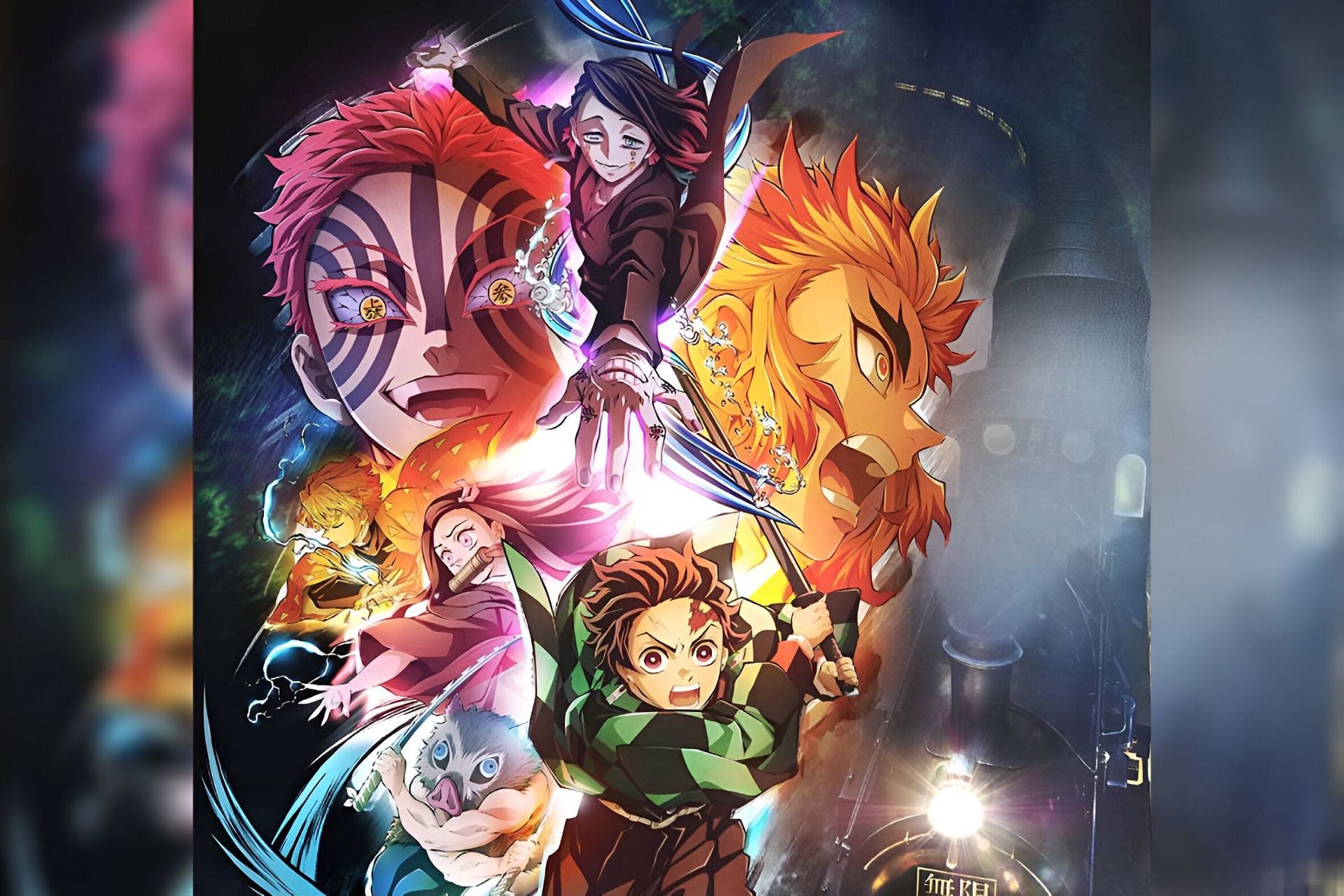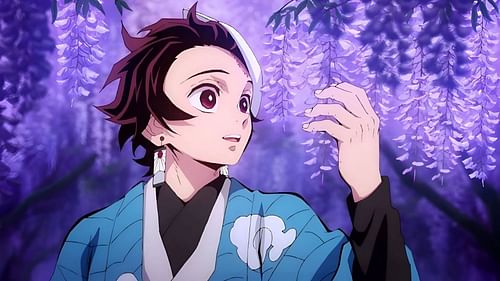
Viral shot at Demon Slayer has fans telling poster "you dont know your history"
A viral tweet claiming Demon Slayer popularized the trend of equating "big bright colors" to good animation ignited a debate in the anime fandom. A counter-argument credited Ufotable’s Fate series for pioneering the visual style that influenced Demon Slayer. This exchange reflects a broader discussion about contemporary anime’s visual identity and the impact of studios like Ufotable, renowned for their high-quality, dazzling visuals.
While Demon Slayer has been hailed as a benchmark since its 2019 debut, fans argue its success builds on foundations set by earlier Ufotable works, especially Fate. The debate underscores the historical interconnectedness of anime and the passionate defense of beloved series, offering insight into the evolution of animation aesthetics and industry trends.
The Ufotable connection: Tracing visual trends of Demon Slayer

Ufotable, famous for Fate adaptations such as Fate/Zero and Unlimited Blade Works raised the visual quality of anime with bright colors, rich lighting, and smooth 3D integration. Some argue that the visual brilliance of Demon Slayer is because of the techniques developed during Fate, meaning Fate is a precursor to the series's aesthetic.
Both series share hallmarks, such as dynamic camera angles, fluid combat, and visual spectacle, lending credence to the claim that the series didn’t create the “big bright colors” trend (which, let’s face it, never existed) but refined an approach pioneered by Fate. This lineage points to Ufotable’s impact on the gorgeous visual style of today’s anime.
Demon Slayer’s contribution: Evolutionary or revolutionary?
Supporters of the anime argue that while it didn’t create hyper-vivid animation, it brought the visual approach to an unprecedented level of popularity. Kinetic passages such as the ukiyo-e-influenced “Water Breathing” techniques and the “Hinokami Kagura,” are emblematic of anime’s capacity for visual poetry. The show’s blend of traditional Japanese aesthetics and high-tech wizardry proved a magnet for audiences around the world, bringing new viewers on board to the medium.
This series is remarkable both on a technical level and because of its emotional impact — a combination of groundbreaking visuals with a compelling story. Though it is built upon Ufotable’s previous work, its success has raised the bar for the industry and redefined anime’s global cachet.
Fan reactions are passionate and divided
The viral tweet and its reply reflect a fandom divided—not just about crediting specific shows but also about defining what makes animation “good.” Some fans accuse others of being “anime newcomers” who overlook pivotal contributions from classics like Akira or Neon Genesis Evangelion. Others point to the influence of other studios, such as Kyoto Animation or Madhouse, in shaping anime’s visual trends.
"I blame Demon Slayer for the start of "big bright colors means good animation", One viewer stated
"You dont know your history. Fate is literally the reason Demon Slayer looks the way it does. Ufotable is inevitable.", defended another viewer.
"People needs to understand what different art style means and all the animes shouldn't look alike bcz then there is no diversion and innovation..", said one fan.
"The Fate series was all about this before we even knew what Demon Slayer was in the West bro..", Saod another fan.
"Nah, people just focus more on the flashy colors (which by itself, if done well, should be considered good animation), but Ufotable also nailed the other fundamental visual aspects for Demon slayer, be it compositing, drawing strength, character animation etc. etc.", defended another other fan.
Conclusion
Despite the arguments, the debate underscores the collective pride anime fans take in the medium’s growth. Whether viewers lean toward the series’s groundbreaking accessibility or the technical mastery seen in Fate, it’s clear that the passion for animation continues to push boundaries, paving the way for future innovations.
Ultimately, the conversation is less about competition and more about recognizing how collaborative efforts within the anime industry have elevated the art form. After all, the success of one show inevitably draws more eyes to others, enriching the medium’s legacy as a whole.
Also read
- 10 best anime movies to watch while waiting for the Infinity Castle Arc trilogy
- Who is Zenitsu Agatsuma?
- Obanai and Mitsuri's backstories prove why they are made for each other
- The Infinity Castle film announces 2025 release with first visual